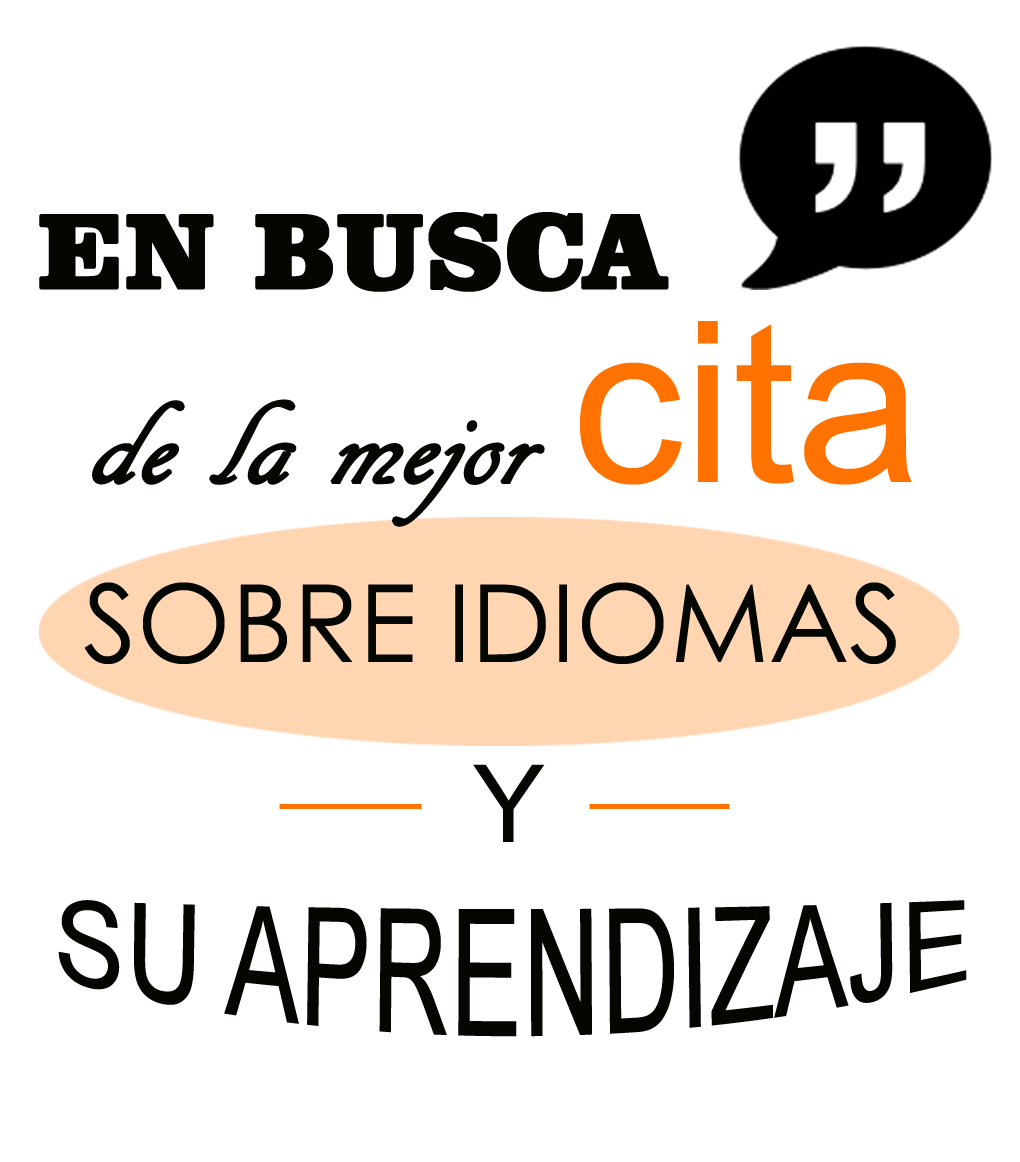DELE Exam: B1 Level
You can also check Instituto Cervantes’ website.
On it, you can find all the information you need about these exams
including dates, exam centres or how to register.
https://blog.tiatula.com/2020/07/dele-exam-b1-level.html
We are going to summarise the most important aspects of the exam and its
characteristics to help any student who wants to get a DELE
certificate.
Which are the characteristics of the exam?
It is divided into 4 different tests.
The reading test has 5 tasks (one more than A levels) with 30 items
in total (distributed as follows: 7-5-6-6-6) and the duration is of 70
minutes. It includes authentic texts adapted to the level and their total
extension is between 1490 and 1820 words.
The listening test also has 5 tasks with 30 items (7-6-6-6-5). In
this case, the test takes 40 minutes. Each recording is played twice and the
student has time before and after each recording to read the questions and
answer them. The texts simulate real language and their total extension is
between 1540 and 1930 words.
The writing test has 2 tasks to be done in 60 minutes. The students
has to write different texts with a total extension between 230 and 270
words. Both tasks have the same value. They are corrected separately and the
final mark is the mean of both of them. The first task is writing a letter,
and email or a message in a forum or blog. The second tasks consists of a
composition in which the student has to give an opinion about a given topic.
In this second task, the student can choose between two options.
The speaking test has 4 tasks: 1 of them focuses on expression, 2
on interaction and the last one focuses on both aspects (expression and
interaction). This test lasts for about 15 minutes and the student has
another 15 minutes to prepare for the first two tasks. Tasks 3 and 4
(description of an image and conversation, and dialogue of a simulated
situation) are not prepared beforehand.
Getting prepared for the exam.
There are many manuals about DELE exams. We recommend practising the
following strategies for each test.
A key issue is to manage your time. If you have extra time after finishing a
listening task, read the questions and the answers for the next one.
Listening to the radio or watching TV can be a good training for this!
For the tests that focus on comprehension (listening and reading),
it is very useful to pay attention to the linkers used and reading
twice the written text. Do not worry if you do not understand every
word, the key point is to understand the general meaning of the text.
For the writing test, it is important to manage your time and
remember that you have 60 minutes to complete both tasks. We recommend
having some minutes at the end to review both before handing in.
For the speaking test and the second task of the writing, choose the
topic wisely. You should ask yourself if you know more vocabulary about any
of the topics and which one you can discuss more about. It is also important
to justify why you have chosen that topic. During the speaking, avoid
answering monosyllables. You should explain and justify your answers.
Here you have some B1 exam real examples we use to work with our students.
Now you can also get ready and practice:
-
Exam DELE B1 (2012; this level was known as “Inicial”)
-
Exam DELE B1 (2012; this level was known as “Inicial”)
- Oral Part of Exam DELE B1 (2021 self-created model)
Related posts:
- Exam DELE A1
- Exam DELE A2
- Exam DELE B1
- Exam DELE B2
- Exam DELE C1
- Exam DELE C2
- Exam DELE A1 for scholar
- Exam DELE A2/B1 for scholar
- ALL DELE EXAMS FOR DOWNLOAD




Comentarios
Publicar un comentario